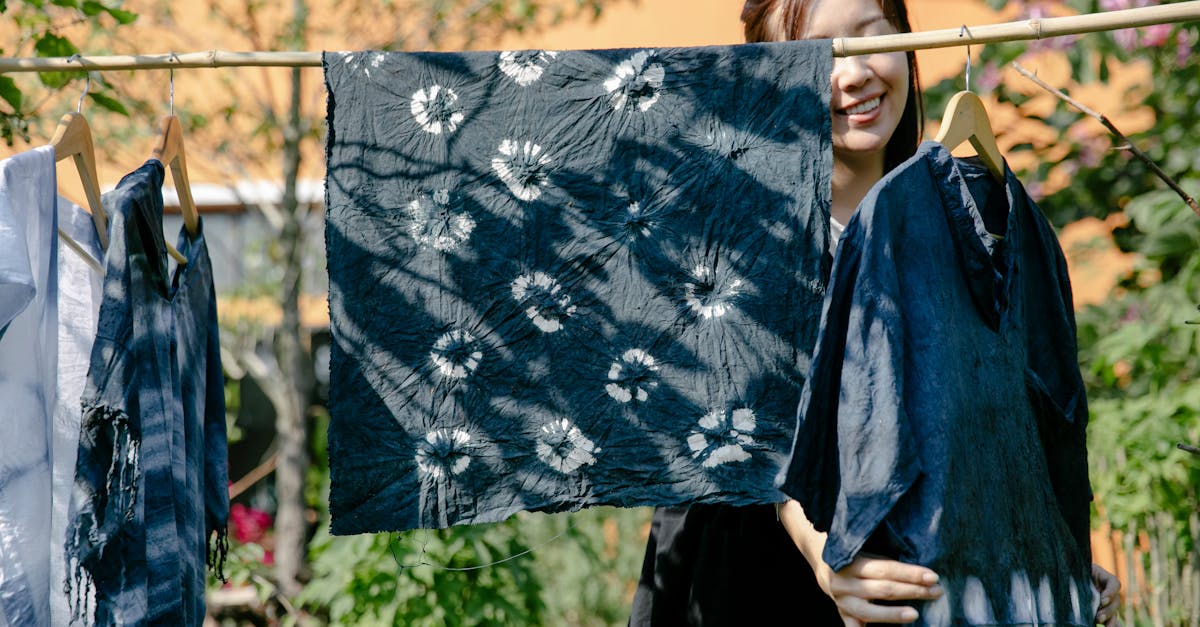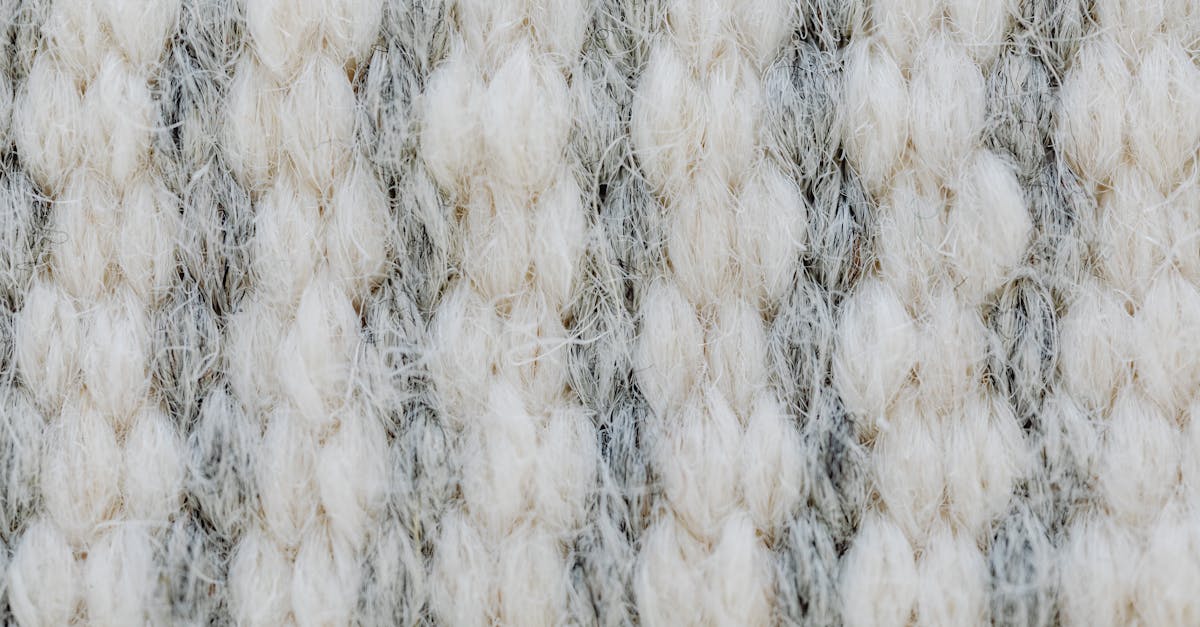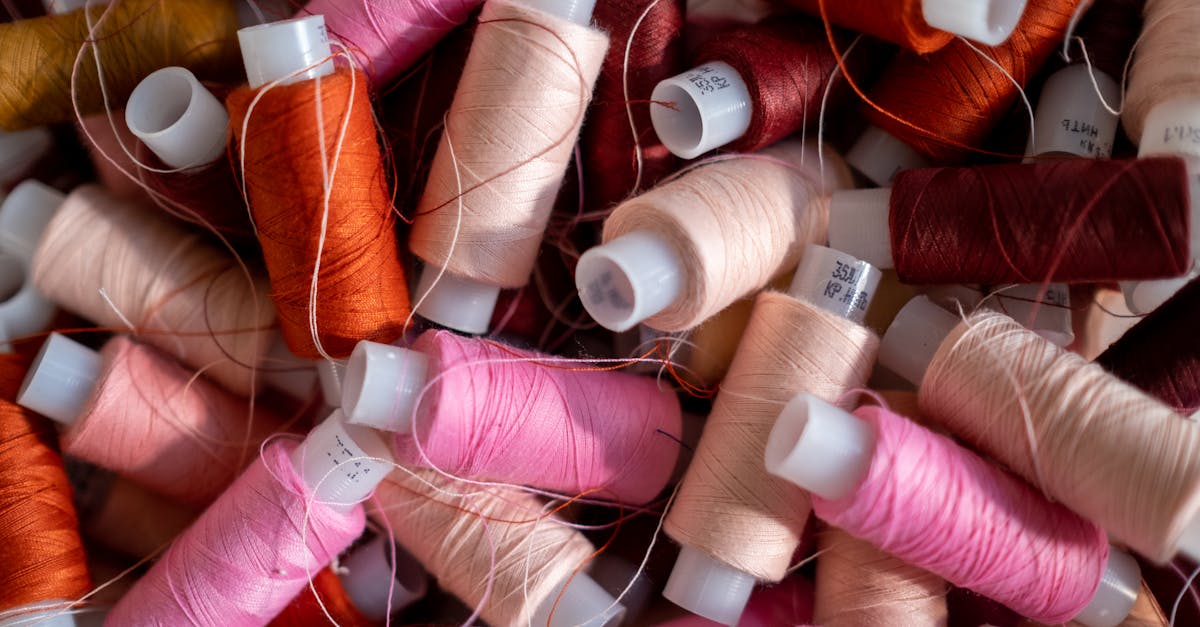Innovative Threads in Style Future
Introduction
In an era of rapid technological change and evolving consumer consciousness, the fashion industry stands on the brink of a transformative future. Today’s fashionistas are increasingly aware of the impact their clothing choices have on the environment, driving a demand for innovation in sustainable fashion. At the same time, technology has begun redefining fashion in unprecedented ways, from smart textiles to 3D printing. What is the future of fashion, and how will these developments affect the clothes we wear? The answers lie in exploring the convergence of innovation, sustainability, and style. This article delves into the fascinating world of future fashion trends, highlighting key patterns and developments that are redefining what it means to be stylish.
Advertisement
Technological Fashion Innovations
Technological advancements are revolutionizing how we perceive and interact with fashion. Smart textiles, embedded with microchips and sensors, are transforming clothing into devices that can monitor health or modify their appearance. Gone are the days when fashion was static—now, you can change a garment’s color or pattern at the push of a button. Additionally, 3D printing is democratizing garment production, allowing for bespoke clothing at a fraction of the cost. As 3D printers become more accessible, we may soon see an era where anyone can design their own outfits and print them at home. This technological shift promises a future where style is uniquely individualized.
Advertisement
Sustainability and Ethics
As awareness of environmental issues grows, so too does the demand for sustainable fashion. Fashion brands are increasingly realizing the importance of adopting eco-friendly practices, from sourcing organic materials to recycling fabric scraps. The future of fashion will likely prioritize transparency, with consumers demanding to know the origin of their garments. Circular fashion—where clothing is reused, remade, or recycled—is emerging as a significant trend. Brands that integrate sustainability into their core values are finding favor among conscious consumers, striving to strike a balance between style and ethics. As such, innovation isn’t just about technology, but also about creating a more sustainable fashion ecosystem.
Advertisement
The Rise of Digital Fashion
Digital fashion is more than just a buzzword; it's becoming a reality with the rise of virtual styling and online wardrobes. As digital spaces like the metaverse expand, so too do opportunities for digital fashion items—clothing that exists purely online and in virtual reality. This trend offers a new arena for self-expression without physical restrictions, allowing users to experiment with styles that might be impractical or costly in the physical world. For designers, digital fashion offers boundless creativity as they’re no longer confined to the limitations of physical materials. This burgeoning industry not only democratizes fashion but also introduces sustainable methods by reducing textile waste.
Advertisement
Customization and Personalization
The future of fashion is highly personalized. Apparel companies are increasingly using big data analytics to understand consumer preferences better, offering custom creations based on individual tastes and styles. This shift goes beyond tailor-made suits and bespoke dresses; it’s about creating a highly interactive shopping experience where customers play an active role in the design process. Imagine a world where you can walk into a store, scan your measurements, and choose from a digital library of colors, patterns, and styles to create a one-of-a-kind article of clothing. The customization trend caters to a generation that values individuality and self-expression.
Advertisement
Digital Platforms and E-Commerce
The internet has forever transformed how we shop, and the fashion industry is no exception. Online platforms offer vast selections of styles from around the world, at the click of a button. E-commerce has grown exponentially, especially since the COVID-19 pandemic accelerated the digital shift. But the future of online fashion is not just about buying and selling; it’s about experiences. From virtual try-ons using augmented reality to interactive live-streamed runways, digital platforms are reshaping consumer interaction. The convenience of online shopping combined with immersive digital experiences positions e-commerce as a vital component of future fashion.
Advertisement
Inclusivity and Diversity
Diversity and inclusivity are more than trendy buzzwords—they are critical values driving the future of fashion. It’s becoming increasingly important for the industry to represent all body types, abilities, and identities. Fashion is no longer just for the traditionally privileged demographics, with brands now emphasizing size inclusivity, accessible clothing, and gender-neutral collections. Technological solutions are playing a pivotal role in achieving this transformation, using AI to design clothing that fits varied body types and VR to allow people to customize styles that reflect their identity. As society continues to champion diversity, the fashion industry is adjusting to these new norms.
Advertisement
Collaboration and Community
The future of fashion is collaborative. Brands are working alongside tech companies, artists, and even consumers to co-create unique collections. This open-source approach not only fosters innovation but also builds a sense of community among fashion enthusiasts. Crowdsourcing designs or inviting community participation in product creation taps into collective creativity, leading to more diverse and inspired fashion solutions. Collaborative fashion not only embraces a shared sense of ownership but ensures a broader range of voices are heard in the design process. Community-driven fashion is redefining how trends are made, ensuring they are reflective of a broader demographic.
Advertisement
Challenges and Opportunities
Despite its promising trajectory, the fashion industry faces challenges, from mitigating ethical issues to combatting environmental impact. Embracing innovation requires significant investment, particularly for small brands. There's also the risk of technology outpacing regulation, leading to privacy concerns with smart garments. However, the opportunities are vast and promising. There is potential for the fashion industry to lead in sustainability, integrating technological advancements to offer personalized, ethical, and stylish choices for consumers worldwide. Creating a balance between tradition and innovation will be vital as we progress into the future.
Advertisement
Conclusion
The convergence of technology, sustainability, and consumer engagement is reshaping the landscape of fashion, crafting a future that champions individuality, inclusivity, and environmental consciousness. As we transition into a world where style and tech intertwine, the challenge lies in balancing innovation with ethics. With advancements in smart textiles, sustainable practices, and digital wardrobes, the fashion industry is on track to redefine what it means to be stylish in the coming years. As consumers and brands alike adapt to these transformations, the outlook for fashion remains exciting and full of potential. The future of fashion invites us to imagine limitless possibilities—encouraging creativity, sustainability, and unity.
Advertisement


